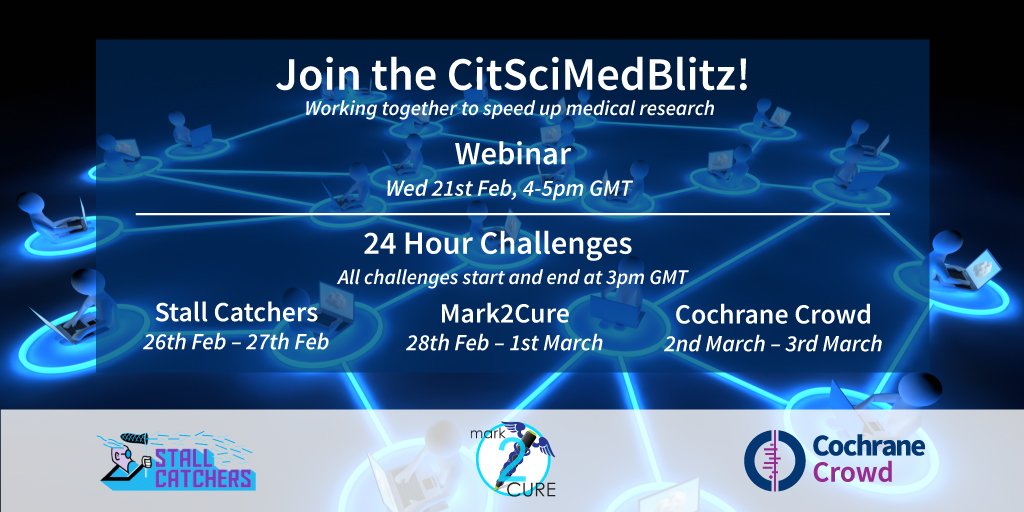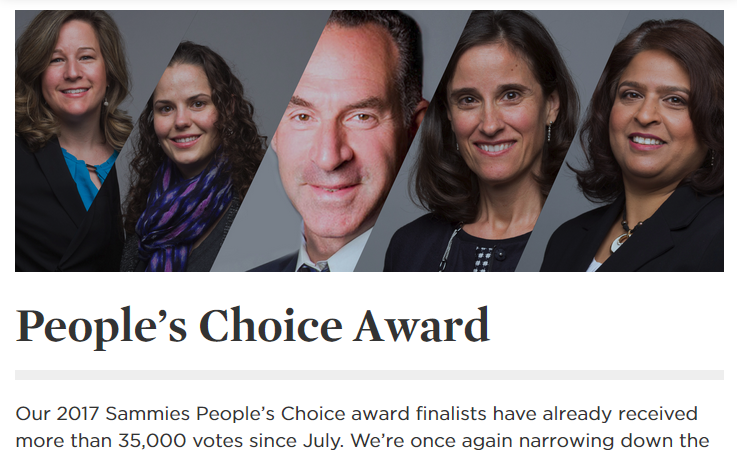It's finally February which means it's time to prepare for Rare Disease Day 2018 and CitSciMedBlitz! This year's theme for Rare Disease Day continues off of last year's theme--research. According to RareDiseaseDay.org, patients are not only subjects but also proactive actors in research--and we couldn't agree more! Mark2Cure would not be where it is now without the inspiration, contributions, and drive from our partners and contributors in the rare disease community. Mark2Curators have inspired us with their generosity, perseverance, curiosity, and overall intellectual voraciousness--and for us, Rare Disease Day is an opportunity to share about the diseases that the Mark2Cure community cares about--and not just NGLY1-deficiency. If there is a disease that you care about that you'd like us to highlight for Rare Disease Day, please get in touch.
Patients are not only subjects but also proactive actors in research.
Patients kick start research
Patients drive research
Patients organize research
Patients proactively provide data
The increasing role of patients in research is not limited to Rare Disease
As citizen science becomes increasingly popular in biomedical research, patients and care providers are becoming increasingly important partners for disease research in general. And, as many of you have pointed out--we will all be patients at some point in our lives so it's nice to be able to actively contribute to disease research.
In addition to helping to organize the knowledge surrounding NGLY1-deficiency, patients and citizen scientists have been making important contributions to Alzheimer's disease research and contributing to health evidence--all of which brings us back to CitSciMed Blitz!

- Webinar: Event count down timer
- StallCatchers Catchathon: Event count down timer
- Mark2Curathon Event count down timer
- Cochrane Crowd Challenge Event count down timer
Similar to last year's MedLitBlitz, there will be prizes for the top contributors to all THREE platforms. Only participation during the 24hr challenges will count towards the prize, however, you are welcome to register and complete the training for the other platforms prior to the event if you'd like. Learn more about the event and the other platforms here.

 Interestingly enough, Lipman's and the GenBank's team nomination for the 2017 Sammies only cursorily mention PubMed Central in favor of focusing on GenBank and his contributions to infectious disease surveillance. Perhaps describing their work this way made it more accessible to anyone not in biomedical research. Unfortunately,
Interestingly enough, Lipman's and the GenBank's team nomination for the 2017 Sammies only cursorily mention PubMed Central in favor of focusing on GenBank and his contributions to infectious disease surveillance. Perhaps describing their work this way made it more accessible to anyone not in biomedical research. Unfortunately,